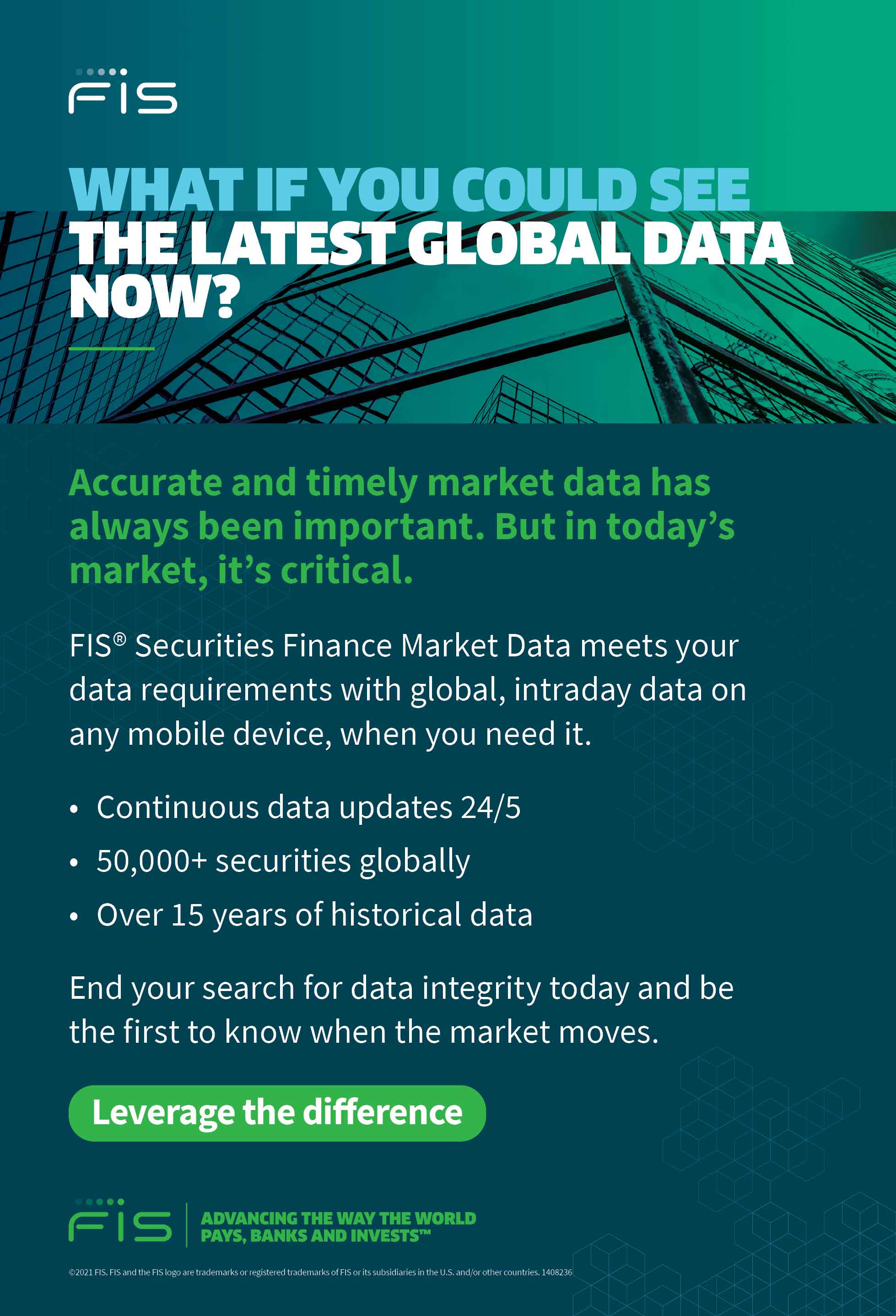Questions have been raised over the due diligence undertaken on cryptoexchange FTX, where nothing untoward about its financial controls was reported until it went bankrupt. FIS’ David Lewis examines the implications for conducting risk reviews in a world of traditional and digital assets
There are multiple examples of stories, books and movies that merge reality with digitally constructed worlds, often blurring the lines between them, and saving the revelation on which is which to the shocking twist at the very end of the story. Similarly, the recent and dramatic fall of cryptoexchange FTX has brought the similarities and differences in financial risks between the real and the digitally constructed world into sharp relief.
FTX is far from the first organisation to fall foul of allegedly lax financial controls, as those that have been in the market long enough to recall the name Nick Leeson will attest. Contagion risk, and its ripple effect following the failure of financial institutions, is a very real thing, as history illustrates with the impact on other organisations following the Lehman Brothers default. However, FTX brings another, slightly more tangential, contagion risk to the development of financial markets — namely misunderstanding.
Understanding digital assets
At the recent Securities Finance Times Technology Symposium, a panel addressed digital assets. It was instructive that, even for that educated audience, my learned FIS colleague Ted Allen thought it appropriate to start with some definitions as to what digital assets are and are not. Ted clearly explained that not all digital assets are cryptocurrencies, and that tokenised traditional assets should not be tarred with the same brush. Such differences are identifiable and explainable, but the risks those differences represent may not be so clear.
The digitisation of an asset does not mean it is any more or less secure than its physical peers, nor is it likely to outperform similar assets that are not digitised. An extreme example of this might be NFTs, or non-fungible tokens. While the lack of fungibility and the unique aspects of NFTs set them apart from digitised shares and bonds, they are similar in that they are a digital or electronic proof of ownership of a given asset – typically a piece of media, such as an artwork or photograph — whether that asset itself is digital or physical. This has quickly become an extremely volatile investment space and not a place for the fainthearted investor.
In the clamour for investing in NFTs, very basic analysis of the actual item to be invested in appears to have been lost, or set aside, on the basis that others who are investing have probably undertaken some effective due diligence. This type of disregard for investigating the true value of the investment has not just been seen in the retail markets. Some very significant funds and institutions backed Theranos, the blood testing start-up whose CEO is now serving 11 years for fraud. Some might argue that the abundance of cheap money over recent years, combined with the paucity of investment returns, has increased investment managers’ risk tolerances – but caution should always be exercised in such scenarios. In all these cases, however, it is not the nature of the asset that was digitised that caused the volatility, but the real-world value of the asset itself.
Risk profile
Cryptocurrencies are also commonly confused with other digital assets as an asset class: while one may belong to the other, their definitions should not be conflated. An increased perception of risk for a given financial product is every bit as influential as the real risk. A conversation with a pension fund some years ago illustrated this point: the pension fund refused to invest in exchange-traded funds (ETFs), as anything labelled as ‘funds’ did not meet their risk profile.
Digital assets, as tokens representing ownership, do not represent a different risk profile to any other real-world version of the same security. In the same way that printed promissory notes replaced the need to carry gold with a more convenient exchangeable form of value, a digitised asset can be moved with near-zero friction in a movement that represents real-time settlement, replacing the need to instruct and settle securities through custodians. The shared register, or distributed ledger, of ownership records the movements and totals assets and liabilities in real-time.
Driving adoption
The increased security and speed of settlement opens a multitude of use cases, but like any new technology it requires widespread adoption. Digital asset issuers are appearing, and most banks have a digital asset strategy of some form as they eye the potential of cost savings and decreased settlement risk.
Distributed ledger technology and digital assets are taking more time to achieve widespread adoption than many would like. However, there are some good reasons for this. Ensuring the market is ready to place its trust in the concepts is key, and caution, following the debacles of the past, is not a negative characteristic. Some observers have suggested that there is a correlation between the practice of audits often being undertaken by the new entrants or juniors of third-party firms — employees that may not have previously experienced market defaults and the damage they cause — and the inability to identify control failures and the risks they represent. Questions have been raised over the reviews taken on FTX, where nothing untoward was reported in terms of its financial controls right up until it went bankrupt.
Bold actions and strategies are needed to continue to develop the securities finance and collateral industry. Many, including FIS, believe that digital assets and secure wallets are a vital component of a more efficient, and flexible future, but market participants need to ensure that solid financial and regulatory foundations are in place to support widespread adoption. Such adoption will not occur without a clear understanding of the broad value of digital assets beyond crypto and what the impact is of stepping from the traditional on one side to the matrix of digital assets on the other.


